Without knowing what the frequency content of the Vcm line or knowing what is driving the Vcm line, the reasons are speculatory as to why you would need the 10nF cap on the Vcm line.
Voltage references need bypass capacitors for stability and to limit the bandwidth of the feedback loop. When you extend the trace across the board you are adding inductance, which is going to change the load of the reference, to stabilize this you add a cap. Which is probably the function of that cap.
Since it is not known what the designers intended we can only infer as to why. If the datasheet suggests it its a good idea to follow the engineers suggestions because they design, build and test the devices.
To answer the other question: the length of a trace will add parasitics. You can use a PCB trace calculator to find the inductance, resistance, capacitance and transmission line effects. Normally these effects are in the range of nH's, 100's of micro ohms and pF's so they will matter only to higher frequencies (+50Mhz - kind of a nebulous number). But if your amplifier has bandwidth in this range then you need to worry about it.

simulate this circuit – Schematic created using CircuitLab
Run the guard trace all the way around the wires to the sensor. If you using a cable with a shield (and you should) then tie Vcm to the shield. The principle here is that Vcm provides the same voltage potential as the inputs and minimizes leakage and EMI.

